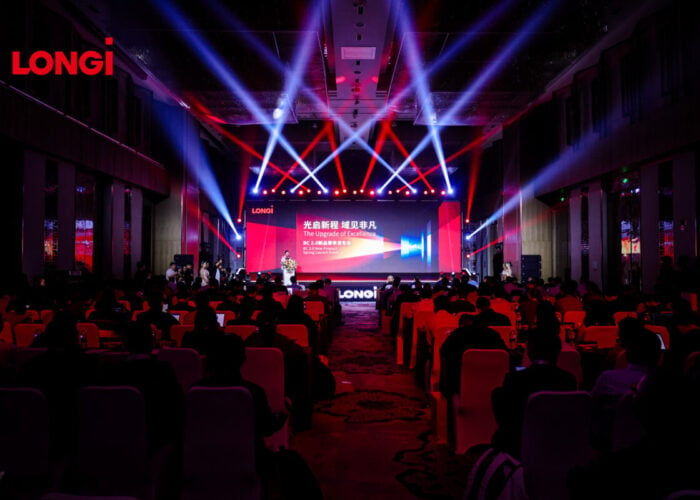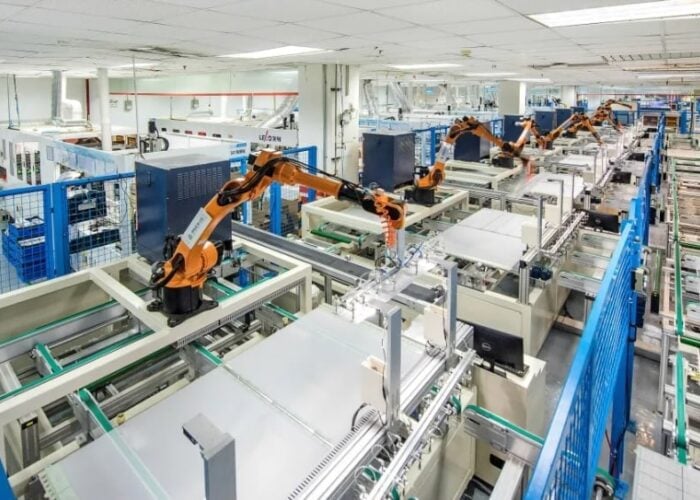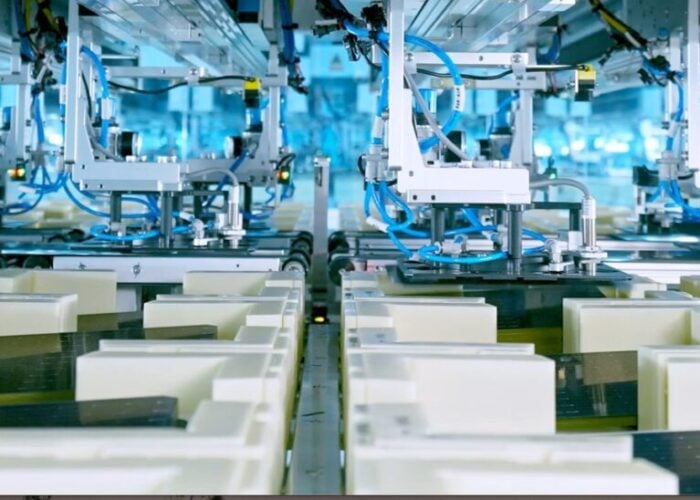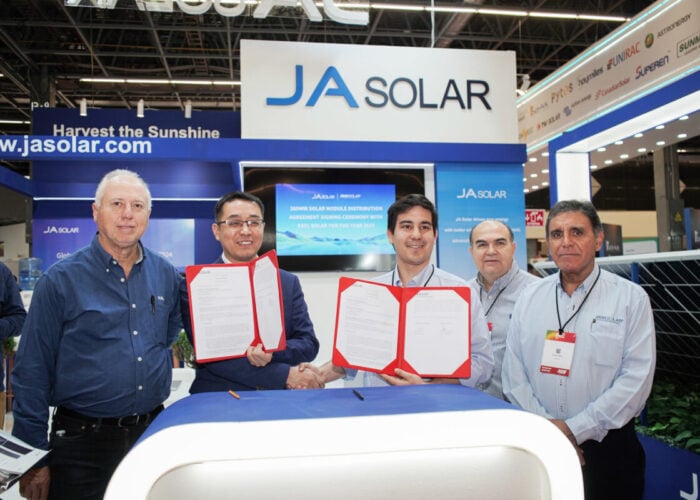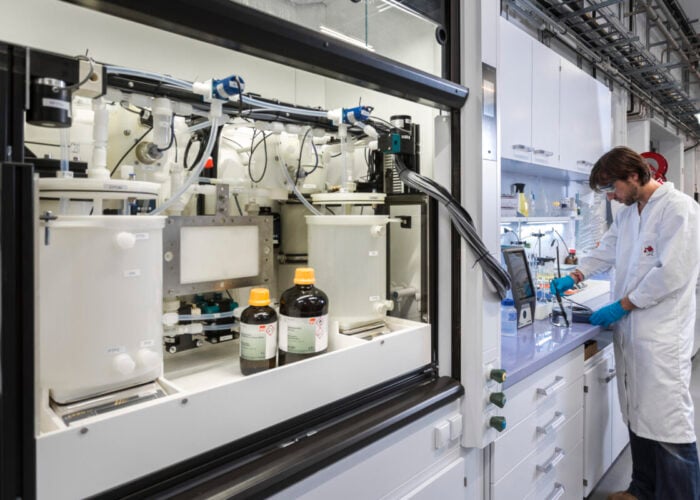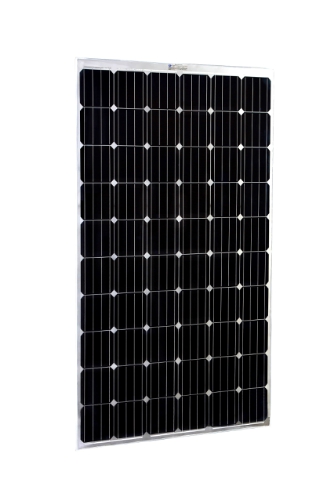
After being tested and certified by authoritative certification body TUV Rheinland, the mass production output power for HT-SAAE's N-type PERT high-efficiency mono-crystalline silicon solar module has surpassed 300W.
When compared with other mono-crystalline PV modules, the mass production output power for N-type PERT mono-crystalline modules is around 10 to 15W higher than the average industrtial level. The total output power of these modules have increased from February 2015, when they measured out at 285W.
Unlock unlimited access for 12 whole months of distinctive global analysis
Photovoltaics International is now included.
- Regular insight and analysis of the industry’s biggest developments
- In-depth interviews with the industry’s leading figures
- Unlimited digital access to the PV Tech Power journal catalogue
- Unlimited digital access to the Photovoltaics International journal catalogue
- Access to more than 1,000 technical papers
- Discounts on Solar Media’s portfolio of events, in-person and virtual
Or continue reading this article for free
N-type PERT mono-crystalline silicon solar modules have also passed the full mechanical load test of 10800Pa, achieving the highest load level of the market, which is tested and certified by CSA — an international third party authoritative institution.
Dr. Zhang Zhongwei, CTO of HT-SAAE, said: “The efficiency improvement on Milky Way's mass production output power can reduce module installation quantity and the levelized cost of electricity and meanwhile shorten the investment payback period. HT-SAAE will increase investment on technology research and development, and further raise module mass production output power up to 310W by making technical breakthrough on the existing Highway and Milky Way technology.”

